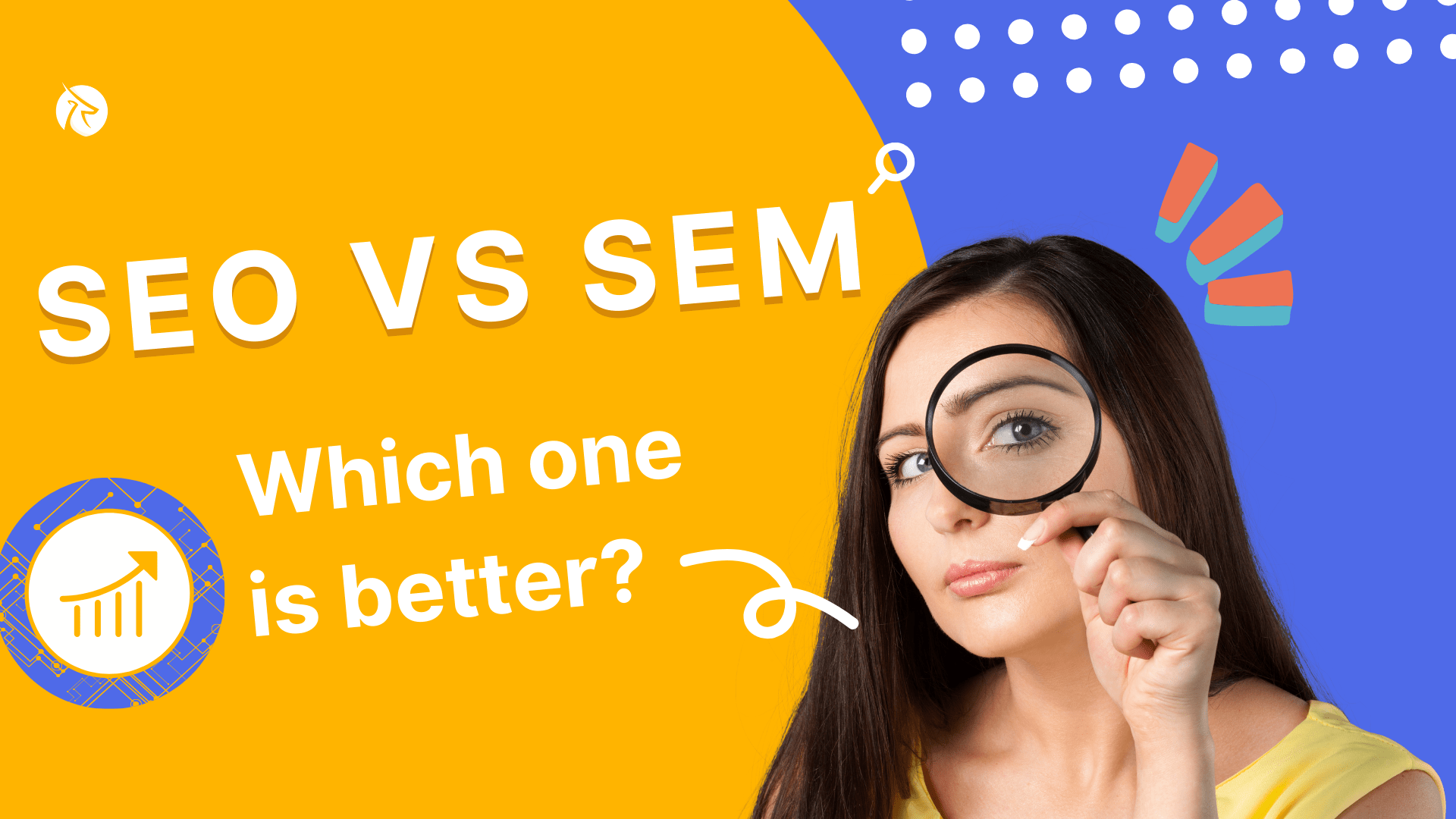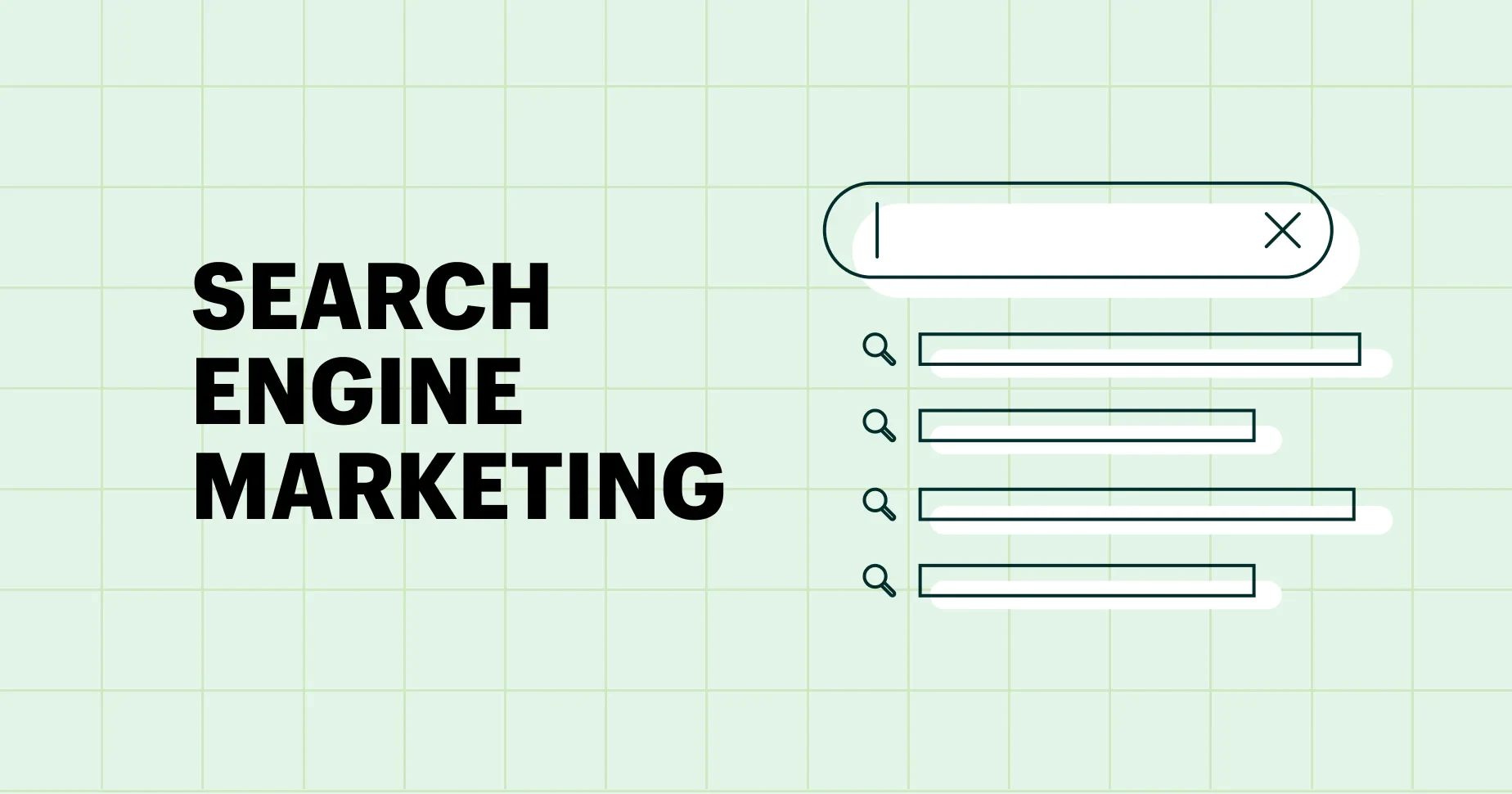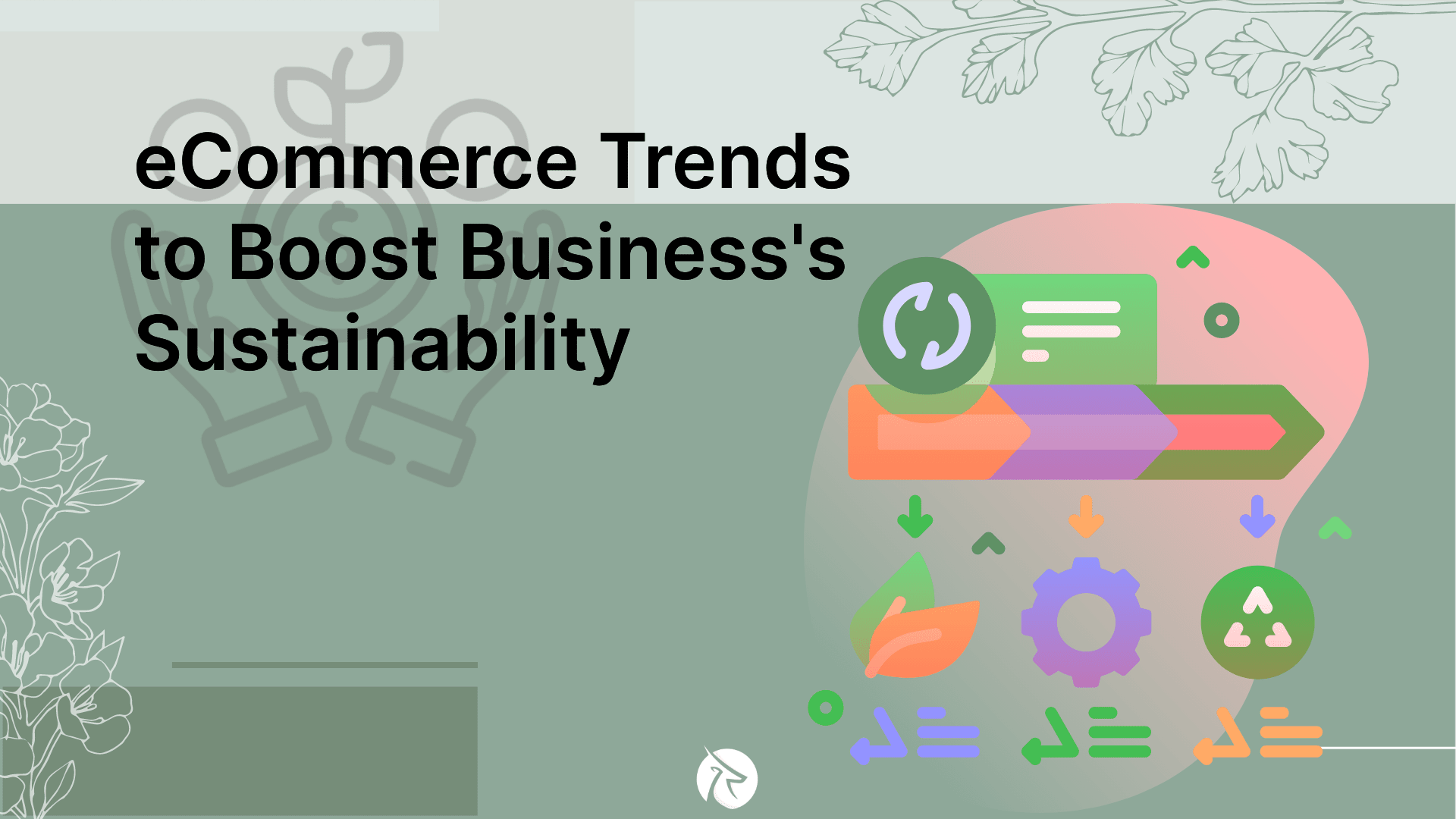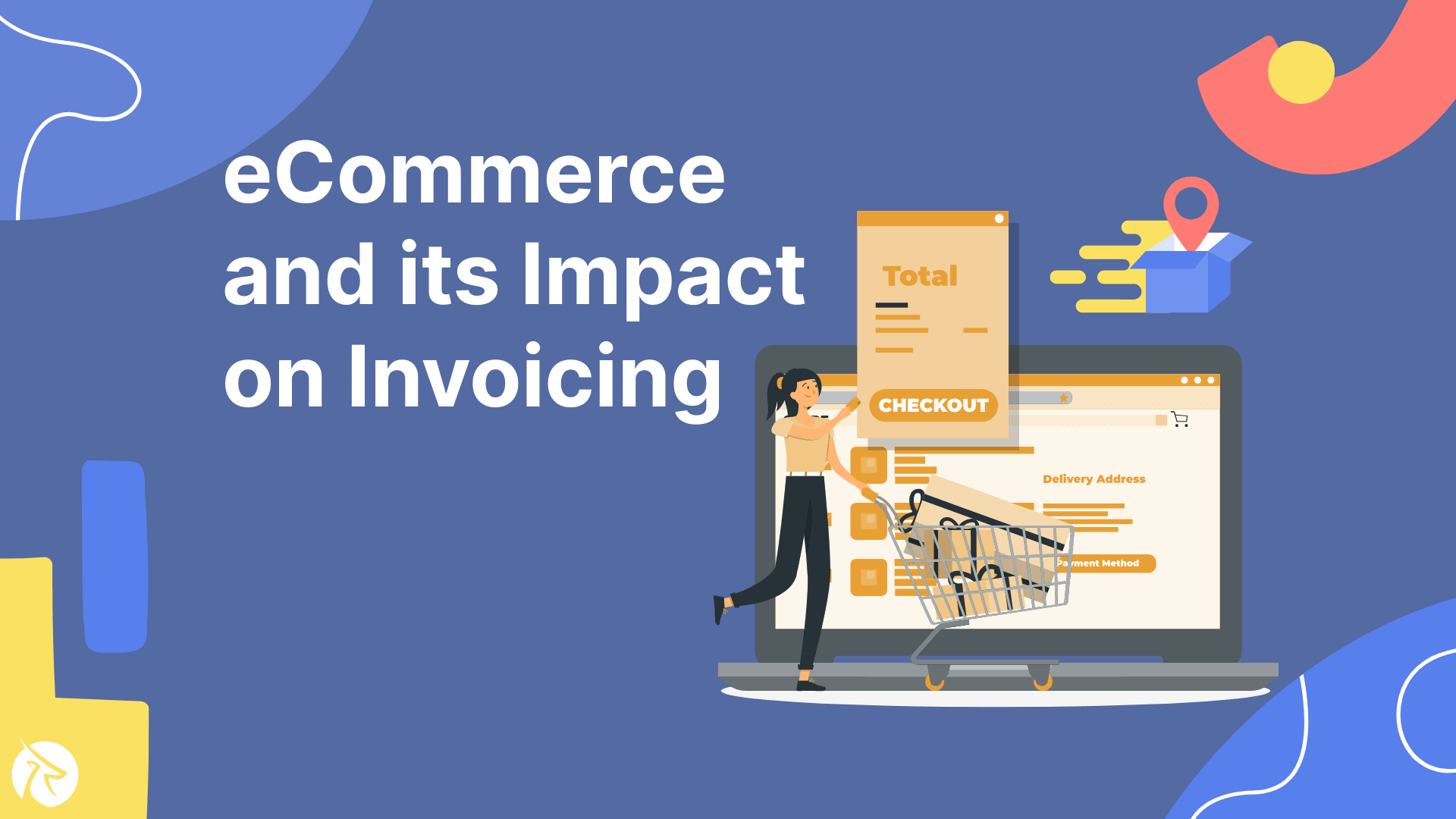SEO VS SEM: Which One Is Better?

Have you struggled to decide between SEO and SEM for your marketing strategy? You don’t know which is more cost-saving? This guide from Fordeer breaks down the key differences between SEO and SEM, explores their advantages and disadvantages, and helps you decide which is the better fit for your business goals.
An Overview of SEO
SEO and its benefits
Imagine your online store as a hidden gem tucked away in a bustling marketplace. While you have unique products and exceptional customer service, potential customers simply can't find you. This is where SEO, or Search Engine Optimization, steps in.
It's the art and science of making your e-commerce website more visible in search engine results, like Google. Just like strategically placing your storefront in a high-traffic area, effective SEO positions your website at the forefront of the digital marketplace, attracting potential customers who are actively searching for products like yours.
The benefits of SEO for e-commerce businesses are multifaceted. Firstly, it translates to increased organic traffic. By understanding and incorporating relevant keywords, product descriptions, and website structure, SEO ensures your store appears when users search for related terms. This targeted reach brings qualified leads directly to your virtual doorstep, eliminating the need to cast a wide net through less effective marketing channels.
Additionally, SEO enhances brand awareness and credibility. Ranking highly in search results fosters trust and positions your brand as an authority in its niche. This not only attracts new customers but also encourages repeat business from those who recognize and value your brand. Ultimately, a well-executed SEO strategy serves as a powerful tool for e-commerce businesses, driving organic traffic, building brand reputation, and paving the way for sustainable growth.
Different SEO techniques

The quest for top billing in search engine results fosters a dynamic ecosystem of SEO techniques, each playing a distinct role in propelling a website to the forefront. On-page SEO involves meticulously crafting content that resonates with user intent and search engine algorithms. This encompasses keyword research, strategic content creation, and optimizing website structure and elements like meta descriptions and title tags.
Off-page SEO, on the other hand, focuses on building a website's authority and credibility by garnering backlinks from high-quality, relevant websites. You can think of it as acquiring recommendations from esteemed figures in your industry.
Finally, technical SEO delves into the technical underpinnings of a website, ensuring its speed, mobile-friendliness, and overall user experience meet best practices. These three techniques intertwine to form a comprehensive SEO strategy, functioning as the invisible puppeteers guiding your website toward greater organic visibility and, ultimately, attracting your target audience.
The cost involved in SEO
Unlike a tangible product with a fixed price tag, SEO is an investment that unfolds over time, and its cost can vary significantly. Like a well-tended garden, SEO requires consistent upkeep and strategic adjustments to flourish. On average, businesses can expect to invest anywhere from $1,500 to $5,000 per month, depending on factors like industry competitiveness, website size, and desired results. Local SEO, which focuses on ranking within a specific geographic area, often comes at a lower cost, while complex e-commerce sites with numerous product pages may require a higher budget.
It's important to remember that SEO is a challenge , not a sprint. While some short-term tactics might offer a temporary boost, long-term success hinges on building a strong foundation through strategic keyword research, high-quality content creation, and ongoing website optimization.
While the initial investment might seem daunting, the potential return on investment (ROI) can be substantial, as organic traffic from search engines tends to be highly targeted and more likely to convert into paying customers. Ultimately, the cost of SEO should be viewed as an investment in the future growth and online visibility of your brand.
An Overview of SEM
SEM and its benefits
SEM encompasses various strategies designed to increase your website's visibility within search engine results. Imagine potential customers searching for products or services you offer – SEM helps ensure your website appears prominently on the first page of their search results, putting your brand directly in their path at the very moment they're actively seeking solutions. This strategic positioning translates into a significant boost in website traffic, attracting a targeted audience who is already primed to engage with your offerings.
The benefits of SEM extend far beyond simply driving traffic. By placing your brand at the forefront of relevant searches, you cultivate brand awareness and establish yourself as a thought leader within your industry. This newfound visibility fosters trust and credibility, ultimately influencing user behavior and driving conversions, whether it's prompting a purchase, encouraging sign-ups, or generating valuable leads. SEM empowers you to take control of your online presence, actively shaping how potential customers encounter your brand and propelling your business toward success in the ever-evolving digital sphere.

Different SEM channels
Search Engine Marketing (SEM) offers a potent blend of strategies beyond the realm of organic search optimization (SEO). Paid search advertising allows you to directly target users actively searching for keywords related to your product or service, placing your ads prominently on search engine results pages.
This method enables you to gain immediate visibility and capture high-intent users actively seeking solutions. However, SEM extends far beyond search engines. Display advertising empowers you to place visually captivating banners and graphics across a vast network of websites, reaching users who may not be actively searching but are receptive to brand messaging strategically placed within relevant online content.
This approach fosters brand awareness and consideration, driving users down the marketing funnel. By leveraging the combined power of paid search and display advertising, alongside other SEM channels, businesses can craft a comprehensive strategy to reach their target audience at various stages of the buying journey, maximizing their online presence and driving tangible results.
The cost involved in SEM
While the base platform for launching campaigns might be free, venturing into this space necessitates an understanding of the financial intricacies involved. The primary cost factor is the advertising budget, which directly impacts the number of impressions your ads garner. This budget is akin to the fuel powering your SEM engine, and strategically allocating it across targeted keywords is necessary
Additionally, factors like industry competitiveness and chosen bidding strategies influence the cost per click, essentially the price you pay each time someone interacts with your ad. Beyond these direct expenses, there's the potential investment in professional SEM management services. These experts steer your campaigns, optimizing them for better performance and return on ad spend. While their expertise comes at a cost, it can be a worthwhile investment, particularly for businesses lacking the in-house resources or expertise to navigate the complexities of SEM effectively.

SEO vs. SEM: Which is better?
The key differences
Choosing between SEO (Search Engine Optimization) and SEM (Search Engine Marketing) can be tricky. Both strategies aim to boost your website's visibility in search engine results, but they differ significantly in their approach, cost, and effectiveness. Let's delve into the key differences:
Cost:
- SEO: Primarily free, requiring time and effort for research, content creation, and website optimization. Ongoing maintenance is necessary to maintain ranking.
- SEM: Involves paying for ad placements, with costs varying based on keywords, competition, and campaign duration. You only pay when someone clicks your ad (pay-per-click model).
Control:
- SEO: Offers greater control over your website's content and messaging. However, achieving and maintaining high rankings takes time and consistent effort.
- SEM: Provides precise control over targeting, budget, and ad copy. However, organic search results often hold more user trust compared to paid ads.
Scalability:
- SEO: Gains from compounding effects. As your website's authority and organic traffic grow, it becomes easier to rank for additional keywords.
- SEM: Scales quickly by adjusting your budget and targeting. However, increasing visibility solely depends on ad spend, and stopping payments immediately removes your ads from search results.
Results:
- SEO: Delivers sustainable, long-term results with a lower cost per acquisition. However, achieving top rankings can take months or even years.
- SEM: Generates immediate results and allows targeting specific demographics and keywords. However, results cease once the ad campaign ends, and the cost per acquisition can be higher than organic traffic.
Which kinds of business are more suitable for SEO or SEM?
While both SEO (Search Engine Optimization) and SEM (Search Engine Marketing) aim to increase online visibility and attract potential customers, the ideal approach often hinges on specific business characteristics. Businesses with established brand awareness and well-defined target audiences might find SEO particularly fruitful.

This strategy focuses on organic search results, meaning it leverages keyword research, content creation, and website optimization to climb search engine rankings naturally. This approach boasts a long-term benefit, as top positions can drive consistent traffic for years to come.
Studies show that the top organic result on Google receives an average of 31.3% of all clicks for a given search term, highlighting the potential for organic growth. However, SEO is a gradual process, and it can take months to see significant results.
Conversely, SEM offers a quicker path to increased visibility through paid advertising. Businesses with limited brand awareness or time constraints might find SEM more suitable. This approach encompasses pay-per-click (PPC) advertising, where businesses bid on keywords to display their ads at the top of search engine results pages. While SEM offers immediate results and precise targeting capabilities, it requires ongoing investment, as ad visibility ceases once the budget is depleted.
Conclusion,
Ultimately, there's no single answer to the question of whether SEO or SEM is better. Both SEO and SEM have their own strengths and weaknesses, and the best approach for your business will depend on your specific goals, budget, and resources. If you're looking for a long-term, cost-effective strategy to improve your organic visibility and website traffic, SEO is a great option. On the other hand, if you need to see faster results and have the budget to spend, SEM can be a powerful way to reach your target audience and drive traffic to your website.











